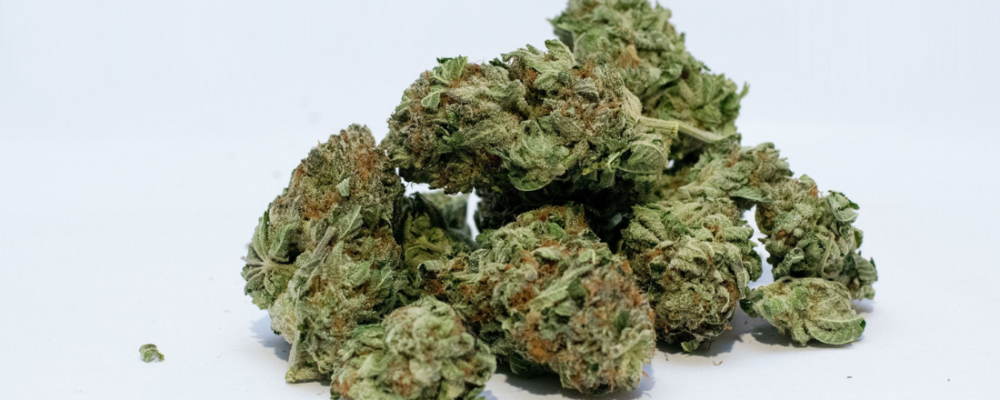
Local Laws Regulating Cannabis in California Two Years Post Legalization: Assessing Incorporation of Lessons from Tobacco Control
- Lynn Silver, MD, MPH, FAAP
- Alisa Padon, Lyndsay Avalos, Kelly Young-Wolff
-
Focus Areas
Alcohol, Tobacco, Drugs & Mental Health -
Issues
Cannabis -
Expertise
Public Policy Development, Research – Quantitative -
Programs
Getting it Right from the Start: Regulation of Recreational Marijuana

Are local California cities and counties applying the lessons of tobacco control to the cannabis market?
In year 2 of legalized adult-use cannabis sales in California, the state remained split between retail bans and legal sale. Local policy continued to vary widely on protective measures, and state policy remained misaligned with protection of youth and public health, say PHI’s Alisa Padon, Dr. Lynn Silver and colleagues in an article published in the journal Cannabis.
Read the article
Introduction
As cannabis legalization continues to spread, best regulatory practice remains ill-defined and elusive, exposing the population to potential harm
Methods
We conducted an annual, statewide, cross-sectional survey to assess cannabis-related laws in effect by January 1, 2020, in local California jurisdictions and at the state level and measured adoption of potential best practices.
Results
The current laws of all 539 jurisdictions were located; 276 jurisdictions allowed any retail sales (storefront or delivery) covering 58% of the population, an increase of 20 jurisdictions (8%) from year 1 of legalization (2018). Half allowed sales of medical cannabis, whereas slightly fewer jurisdictions (n = 225) allowed adult-use sales. Only 9 jurisdictions imposed any restrictions on products stricter than state regulations. Cannabis temporary special events were allowed in 22 jurisdictions, up from 14 in the year prior. Thirty-three jurisdictions required additional health warnings for consumers. Just over half of legalizing jurisdictions taxed cannabis locally and little revenue was captured for prevention. No new jurisdictions established a potency-linked tax. Of jurisdictions allowing storefront retailers (n = 162), 114 capped outlet licenses, and 49 increased the state-specified buffers between storefronts and schools. Thirty-six allowed on-site consumption, up from 29. As of January 2020, the state had not updated its regulations of key provisions addressed in this paper.
Conclusions
In year 2 of legalized adult-use cannabis sales in California, the state remained split between retail bans and legal sale. Local policy continued to vary widely on protective measures, and state policy remained misaligned with protection of youth and public health.
“In the nation’s most populous state, the legal landscape in the second year of adult-use commerce continues to largely favor economic opportunity over heeding lessons from tobacco control and other legal but harmful products to protect youth and public health.”
Originally published by Cannabis Journal - Research Society on Marijuana (RSMj
Additional Contributors
- Alisa Padon
- Kelly Young-Wolff
- Lyndsay Avalos
- Lynn Silver
Work With Us
You change the world. We do the rest. Explore fiscal sponsorship at PHI.
Support Us
Together, we can accelerate our response to public health’s most critical issues.
Find Employment
Begin your career at the Public Health Institute.


